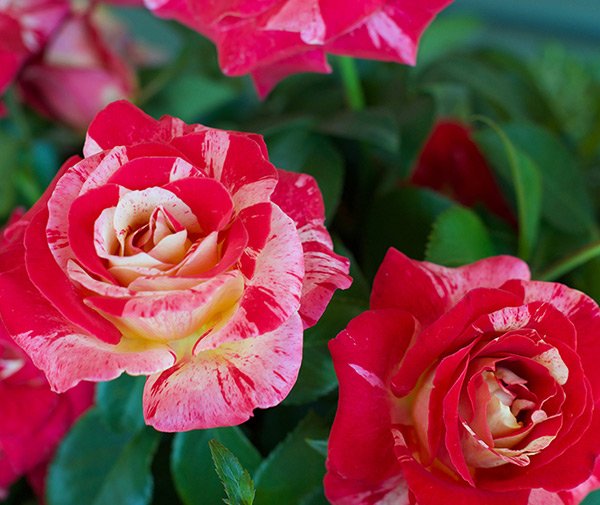Embrace the Blossoming Trend in Urban Gardening
In the heart of the city, where sprawling gardens are a luxury and green spaces are scarce, the charm of growing roses in containers has become more than just a trend—it’s a delightful reality for gardening enthusiasts. Container gardening, especially with roses, offers an accessible and flexible way to add a splash of color and fragrance to smaller spaces like balconies, patios, and terraces. Learn the essentials of nurturing roses in containers, ensuring even the most compact urban space can flourish with these elegant blooms.
Choosing the Right Roses and Containers
Not all roses thrive in containers, so it’s crucial to select varieties that are known for their suitability for pot growth. Miniature roses, patio roses, and certain shrub roses are excellent choices due to their compact growth habits and resilience. When selecting a container, opt for one that is large enough to accommodate the root system of a fully-grown rose. Generally, a container with a depth and width of at least 15-20 inches is ideal. Ensure it has adequate drainage holes to prevent waterlogging.
Soil and Planting
Roses are quite easy to plant if done properly. They require well-draining soil rich in organic matter. A mix of potting soil with compost and well-rotted manure is ideal for container roses. When planting, position the rose so that the graft union (the swollen part where the stems meet the roots) is just above the soil level. Fill in around the roots gently and water thoroughly. Learn more about rose planting here.
Location and Sunlight
Roses love the sun. Your container roses should receive at least six hours of direct sunlight daily. A spot that gets morning sun is preferable as it helps dry the dew on the leaves, reducing the risk of fungal diseases.
Watering and Feeding
Regular watering is vital, as container roses dry out faster than their garden-planted counterparts. However, avoid overwatering, as this can lead to root rot. A good rule of thumb is to water when the top inch of the soil feels dry. Supplement with a balanced, slow-release fertilizer designed for roses in the early spring and mid-summer to encourage healthy growth and blooming. Learn more about rose care here.
Pruning and Maintenance
Pruning is essential for maintaining the health and shape of your container roses. In early spring, remove any dead or damaged wood and prune back one-third of the previous year’s growth to promote new buds. Regularly deadhead spent blooms to encourage more flowers.
Winter Care
If you live in a region with harsh winters, protecting your container roses is crucial. Move the container to a protected area, like a garage or shed, or insulate the pot with bubble wrap. Alternatively, consider burying the pot in the ground and covering the plant with mulch until spring. To learn more about hardiness zones, Certified Nurseries has a page dedicated to helping you decide which roses are right for your location.
Common Challenges
Be vigilant about pests like aphids and diseases like black spots and powdery mildew. Regular inspection and prompt treatment with appropriate organic or chemical controls are key to managing these issues.
The Trend To Embrace
Growing roses in containers is an exquisite way to brighten up limited spaces with their stunning blooms and fragrances. With the right care, these container beauties can thrive and bring joy for many seasons. Whether you are an experienced gardener or a beginner, the gratification of nurturing roses is an unparalleled experience. Embrace this blooming trend and let your urban space be a testament to the timeless beauty of roses.


